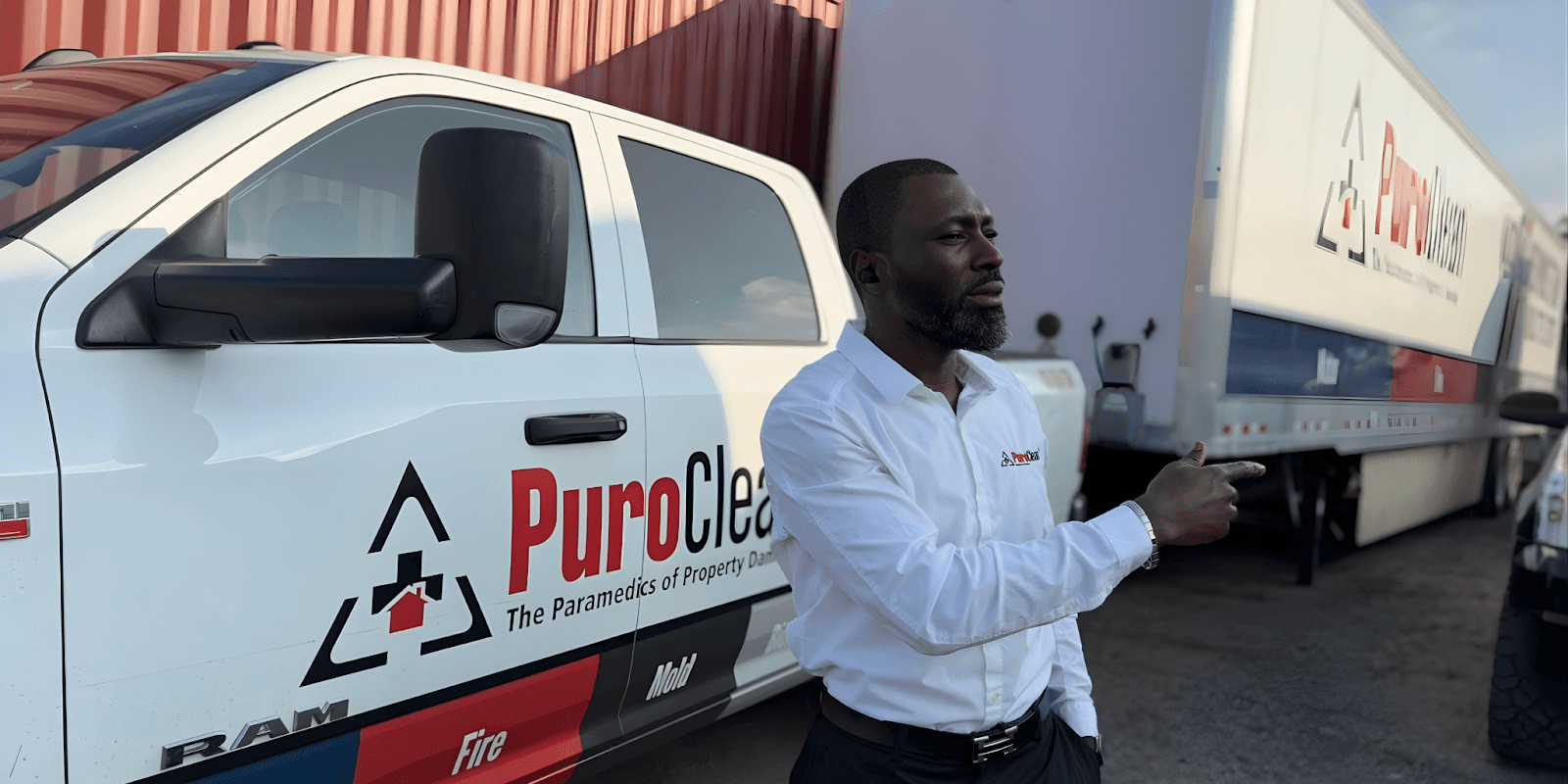Understanding the Importance of Private Utility Locating for Homeowners and Contractors
By
Jul 16, 2025
Whether planning a backyard renovation, installing a fence, or adding a home extension, homeowners and contractors must navigate a critical first step: locating underground utilities. While public utility lines (such as electric, gas, and water) are typically marked by a state’s 811 service, many private utilities remain unaccounted for—posing serious safety and financial risks if struck during excavation.
Failing to identify underground utilities is one of the most common causes of accidents and delays in residential construction projects. Although the 811 system plays a crucial role in helping homeowners and professionals identify public lines, it is not a comprehensive solution. Many homeowners are unaware that 811 does not cover private utilities, which can be equally, if not more, important to locate before digging begins. Taking the time to identify both public and private utilities ensures the safety of everyone involved and helps projects stay on schedule and within budget.
What Are Private Utilities?
Private utilities are buried lines that are not owned or maintained by public utility companies. These may include irrigation systems, private power lines to outbuildings, septic systems, gas lines for outdoor kitchens, or communication cables. Because 811 services do not identify these lines, it becomes the responsibility of the property owner or contractor to locate them prior to digging.
These lines are typically installed after the initial home construction and are often not recorded with public utility companies. For instance, a homeowner who adds a backyard kitchen with a natural gas grill may install a gas line that runs underground from the house. Similarly, landscape lighting or sprinkler systems often have buried electrical wires or water lines that are not documented anywhere but are still vulnerable to damage during excavation. Since these private lines are invisible to standard public marking systems, the only way to reliably detect them is by hiring a private utility locating service.
Private utility locators use advanced technology like ground-penetrating radar (GPR) and electromagnetic detection tools to find and map buried lines accurately. These services help homeowners and contractors avoid costly mistakes, reduce liability, and gain a complete understanding of what’s below the surface.
Why It Matters
Damaging a private utility line can lead to significant repair costs, service disruptions, safety hazards, and project delays. For example, hitting a private gas line can result in fire or explosion, while severing a communication cable may knock out internet access or home security systems. Private utility locating helps prevent these incidents by accurately identifying all underground lines on a property.
In addition to the direct costs associated with repairing a damaged line, there are indirect consequences to consider. A contractor who hits a power line might cause an extended outage or even damage to nearby appliances. Injuries resulting from contact with underground utilities can lead to lawsuits and insurance claims. Furthermore, a delay caused by striking an unknown line can throw off project schedules, affect subcontractor availability, and result in lost income for everyone involved. In some cases, local authorities may also impose fines or shut down the site until the issue is resolved.
Applications in Residential Projects
Private utility locating is especially relevant for:
Landscape design and installation
Pool construction
Driveway expansion
Deck or patio installation
Detached garage or shed builds
Any construction project that involves digging, trenching, or installing new underground elements can benefit from private utility locating. Even something as simple as planting a tree or installing a fence post can turn hazardous if an unmarked private utility line lies beneath. Before breaking ground, professional locating services can use ground-penetrating radar (GPR) or electromagnetic equipment to detect non-public utility lines, giving homeowners and contractors peace of mind.
Regulatory and Legal Considerations
While many states require notification of public utilities before excavation, few provide coverage for private utilities. In many cases, failure to locate these private lines beforehand can result in legal liability or code violations, particularly on properties undergoing major improvements.
Some municipalities may require proof that private utilities have been located before issuing building permits, especially for projects involving significant ground disturbance. Homeowners and contractors are encouraged to check with local authorities to ensure compliance with relevant local regulations. By proactively identifying these utilities, property owners protect their assets and ensure a safe, compliant construction process.
Conclusion
As home improvement and development projects continue to rise, so does the need for thorough underground utility mapping. Understanding the role of private utility locating ensures safer, more efficient residential construction and protects all parties involved from avoidable setbacks. With the help of professional locating services, homeowners and contractors can take a smart, preventative approach—reducing risks, staying compliant, and ensuring projects proceed smoothly from the ground up.
To learn more about the importance of accurate utility locating, click here to learn more.














